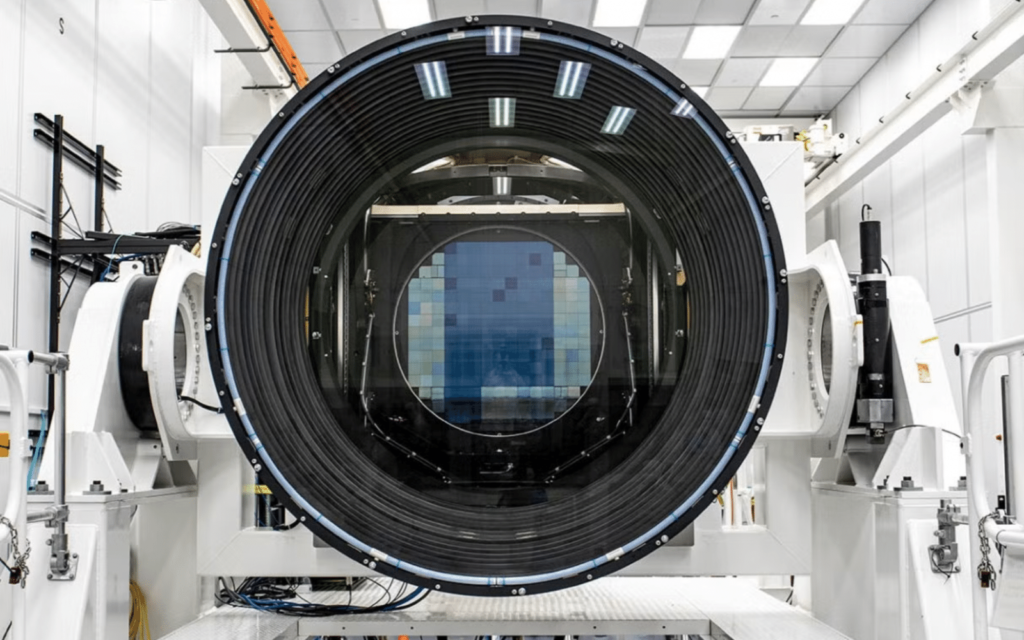You might think you’re serious about your digital photography but you’re not really serious about it until you’ve used the LSST. The world’s largest digital camera is a stunning 3,200MP unit that cost about R3 billion ($168 million) to put together. You won’t find it at any photography stores.
The LSST camera is part of an astronomy project. That much should be obvious. There’s not much call for a camera that can read the serial numbers on money from a distance of 24km. The project is the Legacy Survey of Space and Time and it’s supposed to run for ten years.
Making the LSST
The LSST camera will take up residence at the Vera C. Rubin Observatory in Chile for its decade-long survey of the southern hemisphere skies. It’ll be doing similar science to that of the James Webb telescope, only it’ll use a massive digital camera instead of a series of very expensive mirrors floating in space.
Its 3.2 gigapixel sensor is a composite made up of 189 square camera sensors. In operation, it’s more or less identical to a regular digital camera. It’s just that the LSST camera is doing its work on an Eskom debt-sized scale.
The LSST will take images of most of the sky over a very short period. This will, apparently, allow scientists to hunt for dark matter, map the skies in a new way, and even construct a 3D view of the southern hemisphere’s heavens.
But that has to wait a little. Before it makes it to the Vera C. Rubin Observatory, the LSST must undergo further testing. Then it’ll spend some time at the Cerro Pachon observatory in California before it’s allowed to get to work.
Source: CNET (YouTube)
